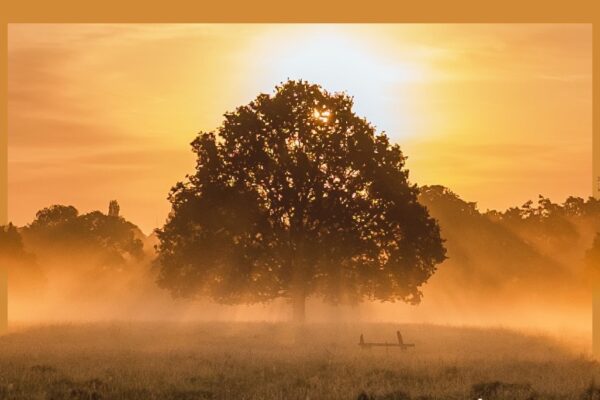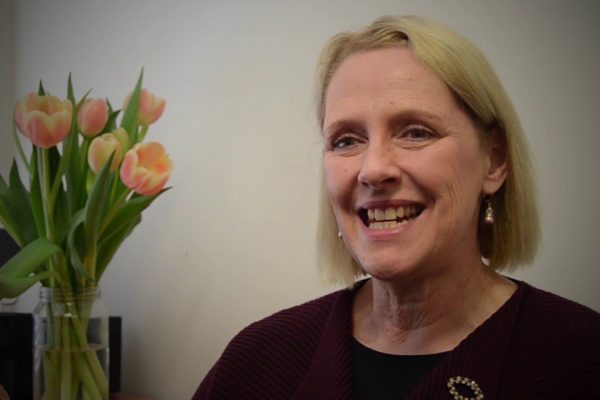Holy Week
Holy Week begins with Palm Sunday, and of course concludes with the three holy days of Holy Thursday, Good Friday and Holy Saturday night which extends into Easter Sunday.
Despite the extravagance of the celebration of Christmas, it is Easter which is THE Christian festival. It is Jesus’ resurrection out of death which is what gives meaning to everything which is Christian.
On Palm Sunday, we emphasise the suffering and death which Jesus is to undergo by reading the account of his suffering and death – this year from St Luke’s Gospel.
We acclaim Jesus as the One who has come from God by imitating what some people in Jerusalem did as he entered the city on a donkey – as prophesised. But we do this with what is to come firmly in mind by reading the narrative of his suffering and death. We put emphasis on the suffering side of his death and resurrection by using as the psalm for that day “My God, my God, why have you deserted me?”.
By contrast on Good Friday we always use the account of Jesus’ suffering and death from St John’s Gospel which really emphasises that all that is happening is happening because Jesus has given himself over to this and he is – in a way – in charge! There is always pushing through the surface of the Good Friday Liturgy the belief that this death of Jesus is in fact a victory! The awareness of the resurrection is never far away in the Good Friday Liturgy, as simple and as stark as it is.
The Mass of the Lord’s Supper on Holy Thursday evening is the celebration of his giving himself over to his death: This is my body given for you, my blood shed for you.
After Mass on Holy Thursday, we have the Watch. That is, we accept the invitation which Jesus gave to his first disciples: Stay here and stay awake with me (Matt 26:38).
All that this week and the holy days are about bursts forth in the celebration of the Easter Vigil on Holy Saturday night and then at the celebration of Mass on Easter Sunday. At the Vigil, we use the symbols of fire and light and water and then of course bread and wine to draw out the meaning of his resurrection which is always beyond what we can express. We rejoice in our sharing in that resurrection through our communion with him. We also have at the Vigil a longer liturgy of the Word which takes from creation through the history of God’s presence with his people in the old testament to its culmination in the resurrection of the Lord.
By Fr Frank O’Loughlin
To read the Living Lent series of articles, visit the Parish Blog.




Comments
Add Comment